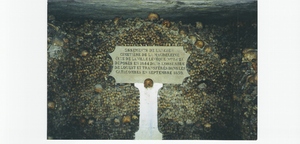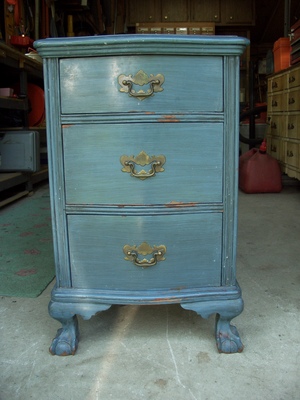You creep down the dank, dimly lit corridor as goosebumps tickle the back of your neck. There is no turning back. You swallow hard, and continue to inch into the menacing gloom. Suddenly, you find yourself surrounded by piles of ancient human bones. Millions and millions of bones.
Where are you?
The shadows whisper no reply. But soon you remember. You are in Paris, the City of Light; home of the Eiffel Tower and the croissant; City of Romance and Fashion. Little did you know about the skeletal secrets hidden deep below. Welcome to Paris . . . .underground.
It’s another world beneath Paris. Subway lines zip passengers from one end of the city to the other. A complex network of sewers runs below the middle of the streets. There are even rivers, canals, lakes, and nuclear fallout shelters. But most impressive are the miles and miles of tunnels crisscrossing the city like a maze.
The tunnels are actually old Roman quarries. For centuries, workers mined for the gypsum and limestone used to construct many Parisian buildings, such as the Louvre Museum and the Notre Dame Cathedral. Much later, during World War II, some of the old tunnels were used as the headquarters for the French Resistance. One war shelter even has water, electricity, bedrooms, and bathrooms.
Most of the tunnels are closed to the public, with the exception of 1,000 yards that attract 50,000 visitors each year. If you don’t mind a little bone-chilling fright, you, too, can explore the Paris catacombs.
A catacomb is an underground cemetery. So, that explains those piles of bones! But where did the skeletons come from? How did they end up under the city streets?
In 1785, the people of Paris had a problem. It started at Cimitiere des Innocents (the Cemetery of the Innocents.) Bodies had been buried there for hundreds and hundreds of years, and it was over-crowded. In fact, the cemetery was 8 feet higher than the street! People living near by caught diseases and had to put up with a stinky, smelly stench.
City officials closed the cemetery and ordered that all of the bones be transferred to old quarry tunnels under the Denfert-Rochereau square of Paris. The Bishop blessed the area, and workers spent the next 15 months moving medieval bones to their new resting place. Every evening at twilight, funeral chariots and priests arrived with more sacks of bones. Thirty other cemeteries did the same. Eventually, there were bones from over 6 million skeletons lining miles of underground corridors.
Today, long lines of curious visitors venture into the depths of Paris to see the catacombs. one by one, they descend a spiral staircase, winding down below the level of the subway and sewers. Narrow passageways lead to the ossuary.
Occasional drips of moisture interrupt the silence. Miniature stalactites, only inches long, hang from the low ceiling. Aged, electric lanterns on the walls light the path, but some visitors shine their own flashlights.
Imagine all of the people who have traveled these passageways over time: Roman laborers, 18th century grave workers and priests, 1940’s resistance fighters . . . and now you.
Imagine the tunnel as it widens into the ossuary. Your eyes widen, too. You see piles and piles of bones, several feet tall, several feet wide. Tibias, femurs, and skulls. The bones are neatly stacked one on top of the other, lined up in rows. Some are eerily arranged into patterns and designs.
Literary quotes on the limestone walls urge you to remember those who have gone before, and to live life to the fullest. You pause in a subterranean chapel before hurrying up another spiral staircase.
At the top, a guard inspects your bag, making sure that you didn’t take any “souvenirs.” Finally, you step out into the bright Parisian sun, thankful to be back on the surface of the City of Light.
A visit to the catacombs is creepy, but at least it beats the tour of the sewers . . . make no bones about it!





